Soreness vs pain: What’s the difference?
By Dr. Pete Stucchi
ApexNetwork
There are many benefits to exercise, including the potential for improved physical and mental wellbeing. However, there may also be some physical discomfort associated with these activities due to the stresses placed on the body.
When experiencing discomfort, it is important to understand the difference between exercise-related muscular soreness and pain. Muscular soreness is a healthy and expected result of exercise. Pain is an unhealthy and abnormal response. Experiencing pain may be indicative of injury.
Individual Activity Threshold
In order to make physical improvements, your body needs to be pushed to an appropriate level where gains can occur. Each person’s body has a different activity threshold dependent upon many factors, including age, baseline strength, and participation level. Remaining on the safe side of your threshold will result in muscular soreness. Exceeding your threshold will result in pain. One of the expected outcomes of exercise, when done appropriately, is that this threshold will progressively increase. For example, when an individual begins running, their safe threshold may be 5 minutes of running. After several weeks of progressive increases in duration, this runner’s threshold may increase to 20-30 minutes.
To maximize your exercise gains and minimize injury risk, it is important to be realistic about your activity threshold and to be able to differentiate between moderate muscle soreness and pain.
Muscle Soreness
After activity, muscular soreness typically peaks 24-72 hours after activity. This is the result of small, safe damage to muscle fibers and is called Delayed Onset Muscular Soreness (DOMS). During this time, your muscles may be tender to touch and feel tight and achy. Movement may initially be uncomfortable but moving and gently stretching your muscles will help to decrease soreness. During the few day period that you experiencing muscular soreness, you might consider performing alternate exercise activities in order to give your sore muscles an opportunity to recover while strengthening other muscles.
Pain
In contrast to muscular soreness, you may experience pain during or after performing exercise. This may feel sharp and be located in your muscles or joints. This pain may linger without fully going away, perhaps even after a period of rest. This may be indicative of an injury. Pushing through pain can result in injury. (click here to see full article)


